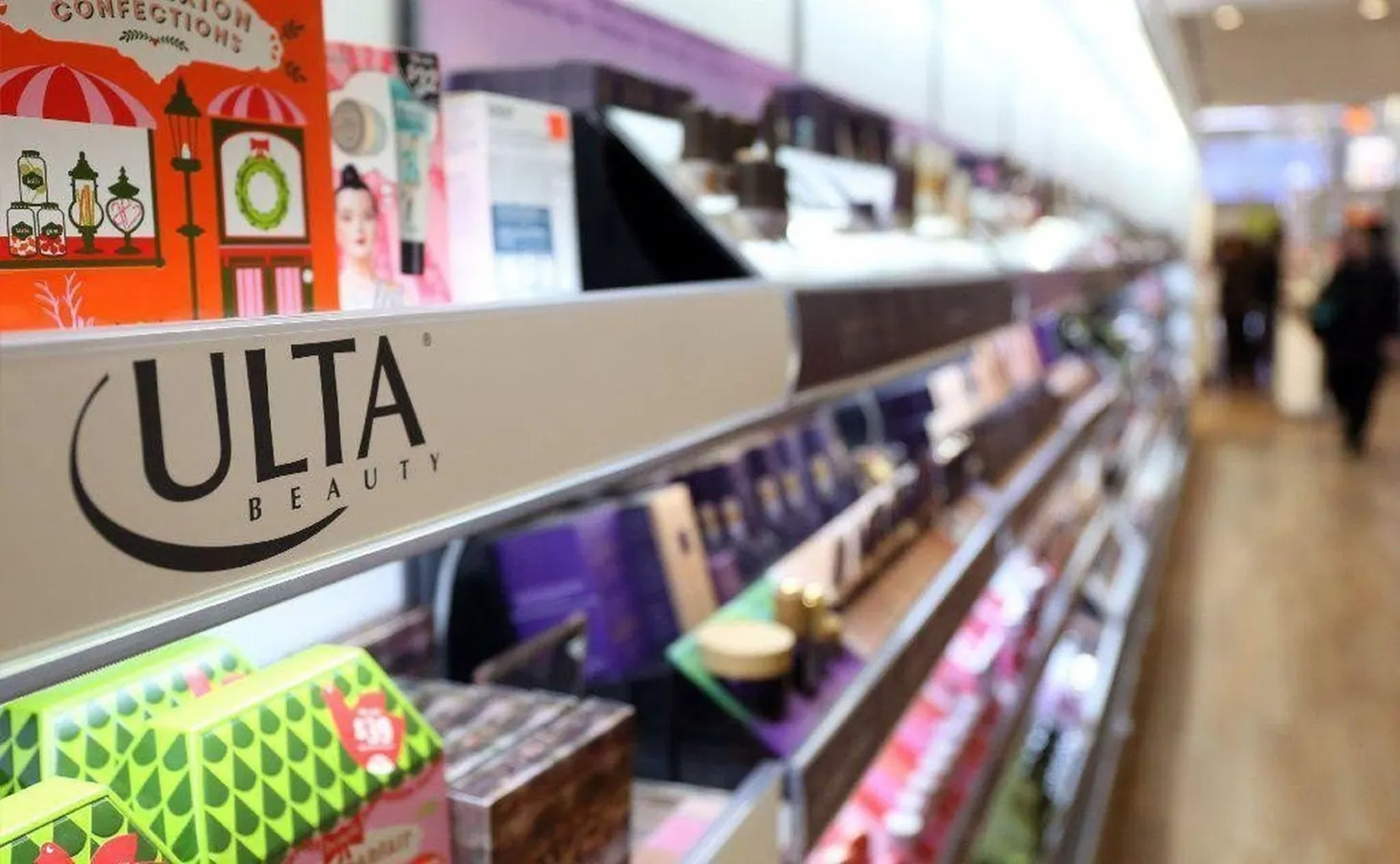By Contributor,Kori Hale
Copyright forbes

Beauty brand Ulta found itself apologizing Monday for a tragic gaffe. (Brian Cassella/Chicago Tribune/Tribune News Service via Getty Images)
Ulta Beauty is proving that representation and revenue go hand-in-hand. The beauty retailer reported $2.7 billion in revenue for its most recent quarter, with comparable store sales up 6.7% year-over-year, driven in part by its robust multicultural marketing strategies and partnerships with diverse owned brands. From bilingual ad campaigns and inclusive product lines to workforce development and supplier equity, Ulta’s approach is helping it win over the fastest-growing beauty segment in the U.S., Latina consumers.
The Breakdown You Need To Know:
McKinsey reported that Latinos are projected to represent nearly 30% of the U.S. population by 2060, and their annual spending power, especially in the beauty category is soaring. A Nielsen study found Latinas spend 30% more on beauty than the average U.S. shopper. Brands that embrace this trend early are seeing long-term payoff.
Ulta’s annual Hispanic Heritage Month campaign spotlights Latina-owned beauty brands, including Luna Magic, Rizos Curls, and Vive Cosmetics. CultureBanx noted that these aren’t just shelf additions, they’re anchored by digital storytelling, influencer partnerships, and in-store displays that celebrate culture.
Supplier Equity And Access:
Ulta’s MUSE (Magnify, Uplift, Support, Empower) accelerator is investing $50,000 to help underrepresented founders scale within the beauty space. The company’s ESG reports note that over 11% of shelf space in 2025 is dedicated to BIPOC-owned brands, up from just 4% in 2019.
Financial Beauty Marks:
The numbers back the narrative. Ulta’s digital engagement rates have increased significantly with Spanish-speaking users. Specifically, Ulta has opened its first stores in Mexico, marking the brand’s brick-and-mortar international debut. The company is continuing to spotlight talent and creativity rooted in Latin America, from formulas featuring ingredients native to Mexico, to brands founded by visionary Latinos, paying tribute to beauty inspired by Latino culture, traditions and community.
MORE FOR YOU
Analysts from J.P. Morgan and Barclays cite Ulta’s inclusive strategy as a hedge against brand fatigue and a moat in an increasingly competitive beauty market. Ulta’s stock has remained resilient in 2025, up 6% year-to-date, buoyed by loyalty program growth and the success of its exclusive brand partnerships. Its ESG ratings have also improved, with diversity in supplier and hiring practices flagged as strengths by S&P Global.
Different Beauty Standards:
It’s important to note that by mutual agreement, Ulta and Target will end their five-year partnership in August 2026, impacting 600 Ulta-Target shop-in-shops. Target has experienced ten consecutive quarters of flat or declining sales, most recently reporting net sales fell 2.8% with a 3.8% drop in comparable sales in the first quarter 2025.
Beauty continues to remain a hot ticket item for consumers, even as competition across the space heats up. For Ulta, it will have to defend its market position with specialty players like LVMH owned Sephora, big-box retailers like Walmart and department stores like Kohl’s all bulking up their beauty businesses.
Situational Awareness:
While many retailers make seasonal nods to heritage, Ulta is weaving cultural identity into its brand DNA. Its commitment to community and creator-led storytelling gives it more than a marketing edge, it creates emotional loyalty. As the beauty industry continues to chase authenticity, Ulta’s playbook offers a case study in how culture, commerce, and capital can align beautifully.
Editorial StandardsReprints & Permissions



